There was a time when the Instagram algorithm mostly tried to sell me dewy-glow skin products and makeup box subscriptions. These days—with the exception of the occasional pricey mascara—it’s almost always masks.
In March and early April, masks were hard to come by in the U.S. Demand soared as shipping and manufacturing took a huge hit, and it was often a matter of stitching together whatever face covering you could make with your limited recollection of middle school home ec. Months later, our supply chains have mostly stabilized, and it's not just people with sewing machines making face coverings anymore—brands from the Gap to Underarmour to Playboy are making and selling masks. We have a lot of options, in a range of fabrics and price points. Some are more comfortable (and, let's be honest, cuter) than others, so it's understandable to want to know which one is actually doing the most to protect you.
The thing is… experts are still trying to figure that out. In a 2013 study published in the International Journal of Infection Control, researchers wrote that "To our knowledge, only three studies were done on cloth masks during the 21st century, and all in a laboratory setting." It’s not a whole lot better for non-cloth masks: Monica Gandhi, an infectious disease specialist at the University of California, San Francisco, told VICE that most of the mask data we have is either from animal models or from looking at old occupational health and hygiene literature on what masks do for aerosols. Still, as it’s become pretty clear that we're going to be doing this for a while, there are some things we do know that you can take into account.
N95s: The “best” mask that actually doesn’t make sense for the general public right now
When it comes to approved PPE, “N95 masks do filter out about 90 to 95 percent of viral particles,” Gandhi explained. But she and other researchers don’t believe equipping every U.S. resident with an N95 mask is the right solution (even if they were widely available for healthcare workers, which they still are not). “They’re very uncomfortable. They’re really assigned for short-term use,” Ghandi said of N95s. They can cause bruising and make it tough to breathe; even medical professionals in hospital settings aren’t wearing them all the time. (They also have valves, which need to be covered—more on that in a bit.)
“I would say—it depends hospital to hospital—but unless you’re dealing with suspected cases of COVID, most doctors will wear a surgical mask,” said Drew Adler, research lead and co-founder of NYC COVID Connect, a group of medical and graduate students that formed after individuals noticed a lack of centralized resources at the height of the pandemic. “I think most doctors would agree N95 masks are excessive for the general public.”
Disposable surgical masks: Very good—and now pretty widely available!
Adler says that all factors considered, surgical masks are probably your best bet. While they were in short supply at the beginning of the pandemic, they’re becoming more and more readily available, and Gandhi says they filter up to 80 or 85 percent of viral particles. Adler wears a surgical mask most of the time, and Gandhi said she wears a surgical mask at work and a “very simple” cloth mask when she’s out otherwise.
There’s even a hack you can try to make them more effective: Adler admitted it sounds a little goofy, but you can “charge” your polypropylene or other synthetic surgical mask by rubbing a rubber glove on it. “That creates a sort of electrical field that repels droplets from entering into the mask.” (This doesn’t work on cotton masks.)
Three-ply cloth masks: Very good (as long as you wear them properly)
Gandhi said she believes they can be just as good as surgical masks. The key is that they should be snug, fit over the nose and ears, and stay on_—don’t go tugging them down to talk or sip iced coffee or—my gosh—to _sneeze.
Adler pointed to a recent Stanford study which found cloth face coverings can be a pretty great means of control.
“The WHO, using that information, came out with this advisory that the best masks should have a minimum of three layers to them,” Adler explained. You want an internal hydrophilic component—ideally something like a soft cotton—that absorbs the moisture and particles you’re breathing out. On the outside, you want a hydrophobic component like polypropylene—something that prevents moisture from getting into the mask. Adler said it’s been well-established that once masks become wet, their filtering capacity is sharply reduced.
“So you have the outside that’s hydrophobic, the inside that’s hydrophilic, and then another layer in the middle that could be either of the two, that just adds another layer of protection,” he said. “We know that the more layers of protection you have, the more filtering capacity the mask has.”
Four-or-more-ply cloth masks: Proceed with caution
Yes, the more layers a mask has, the more protection it offers. But there’s a reason scientists recommend three layers: “You get more protection above that,” Adler said, “but you also sacrifice breathability.”
And you want your mask to be breathable, because the point is that you’ll wear it.
If you need more proof that three layers is plenty, Adler said that many of his colleagues in NYC COVID Connect wear three-ply masks. A good bet? One wears a mask he swears by with that hydrophobic outer layer, hydrophilic inner layer, and a third layer between the two you can sub out with another fabric—even tissue paper.
Any mask with an exhalation valve: Doesn’t actually stop the spread
If you’re only looking to protect yourself, an exhalation valve is fine, per the CDC: “An N95 respirator with an exhalation valve does provide the same level of protection to the wearer as one that does not have a valve.”
They’re easier to breathe in, and cooler, which is why people have been wearing them. But the exhalation valve may allow “unfiltered exhaled air to escape,” or in other words: It might protect you, but it won’t protect those around you. If you are using a mask with an exhalation valve (including an N95), the CDC says you’ll want to cover it with another face mask.
A loose bandana or gaiter or scarf: Nope
This might seem OK on the surface—it’s fabric, it’s in front of your face, it’s basically a mask, right?
Not exactly. For one, the fibers are too loosely woven to be effective; for another, Adler said a loose bandana around your face forms way too little of a seal. “You can endow your mask with the best protective capabilities, with the most breathable fabrics that do the best job at protecting you—but if you don’t have a tight seal around the edges, all the air is just going to come through the edge of your mask.”
Nowwww maybe you’ve seen that Washington Post article going around, citing a Friday study published in Science Advances, that’s titled “Wearing a neck gaiter may be worse than no mask at all, researchers find.” As Susan Matthews at Slate noted, that study from Duke actually found no such thing: “It was by no means an exhaustive study that lets us make conclusions about gaiters—it’s a study that incidentally happened to use a gaiter in the course of putting forth a methodology that other people might be able to use to in doing real experiments that would make conclusions about gaiters. Should you think twice about wearing just a gaiter inside, in close proximity to other people? Yeah, a fitted mask is probably better. But you didn’t need this study to tell you that.”
A mask that’s dangling around your neck or arm or not covering your nose the majority of the time: Hard no
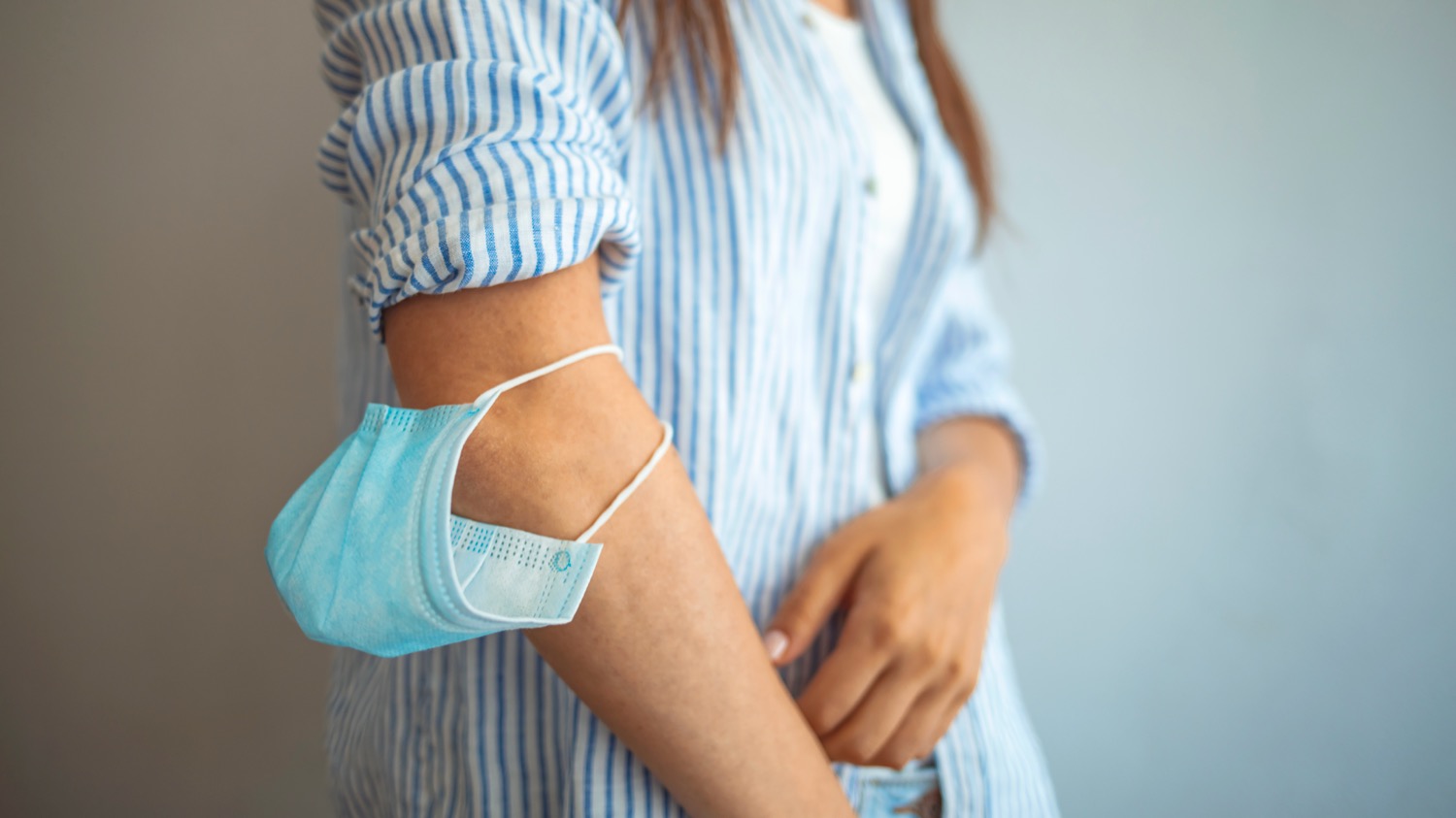
If bandanas and scarfs don’t cut it, then yeah, a mask that’s just hanging off your ear, or around your neck, or over your chin but not your mouth, or over your mouth but underneath your nose definitely doesn’t cut it. You need a mask you’re not fidgeting with or removing all the time because it’s itchy or annoying (or ugly). To that end…
The mask that fits and that you feel comfortable in: Great
Said Gandhi: “The best mask is the one you’ll wear.”
“We are turning everything on its ear in 2020 to ask the entire population of the United States to mask,” Gandhi said. “It is such a shocking change, and we’re so not used to it, that the trick is: Do what’s comfortable for you. Make them pretty, put sparkles on them … do what it takes to increase compliance, and don’t worry too much about filters, ply, N95s.”
“That’s why the CDC, when they put out their initial guidelines on April 3, recommended simple, cloth face coverings,” Gandhi explained. “It’s why every country that’s universally masked with simple cloth face coverings—as in, upwards of 80 percent, not 30 percent—has gotten this under control so much more quickly than we have. The problem is that not everyone is doing it.”
“We have to do this for, what, six months to a year?” she added. “We have to get this to be routine.”
Follow Emily Cassel on Twitter.
from VICE US https://ift.tt/2XXfeuG
via cheap web hosting
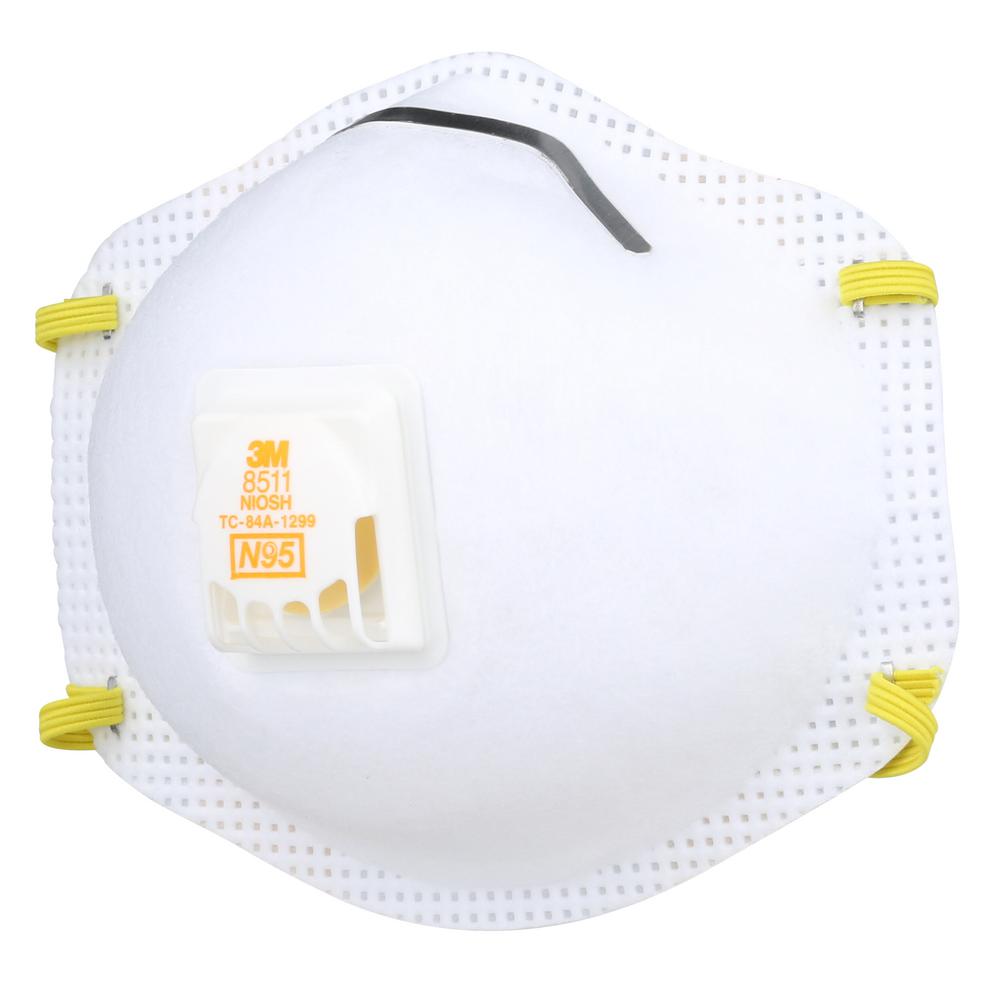
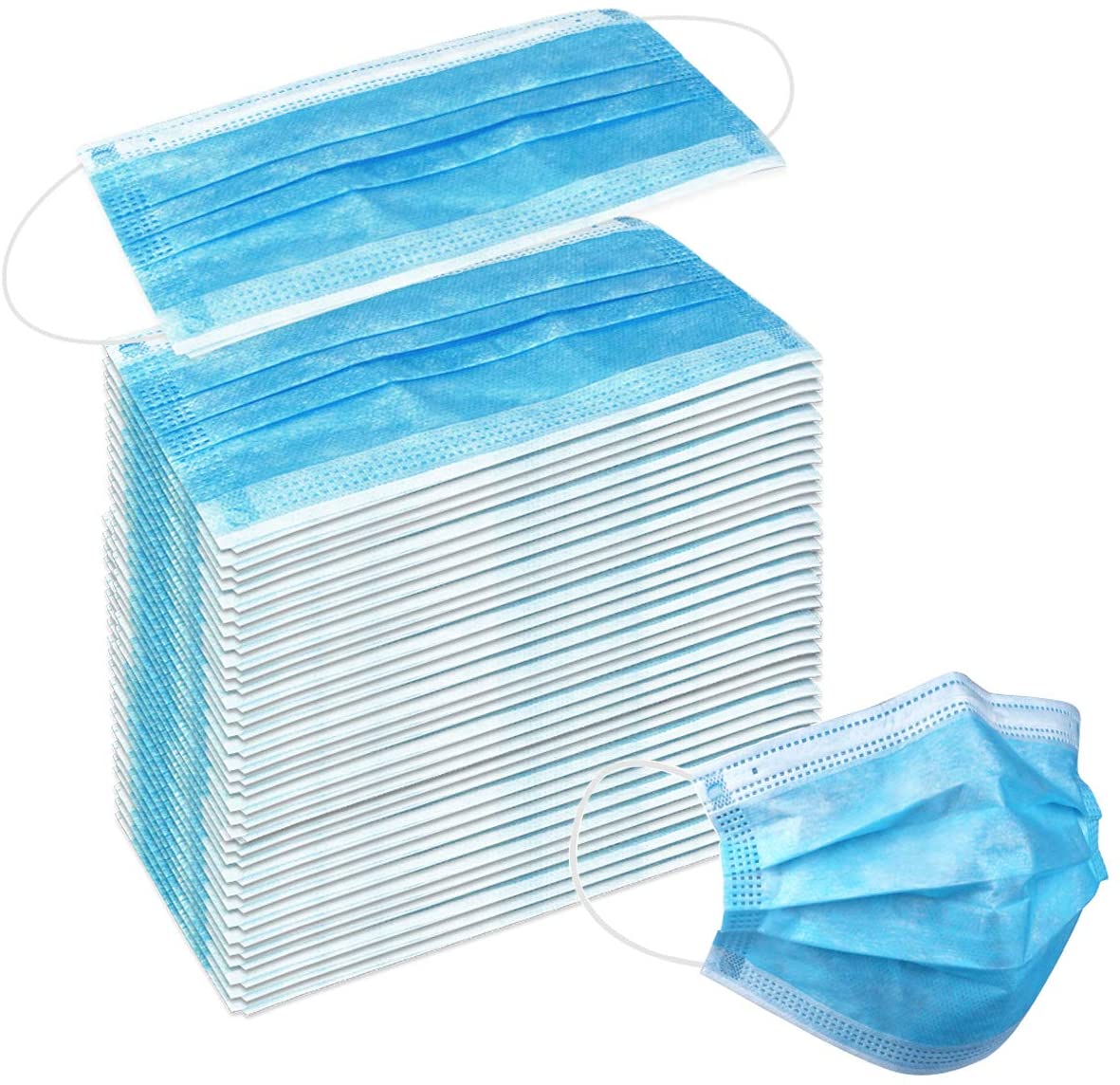
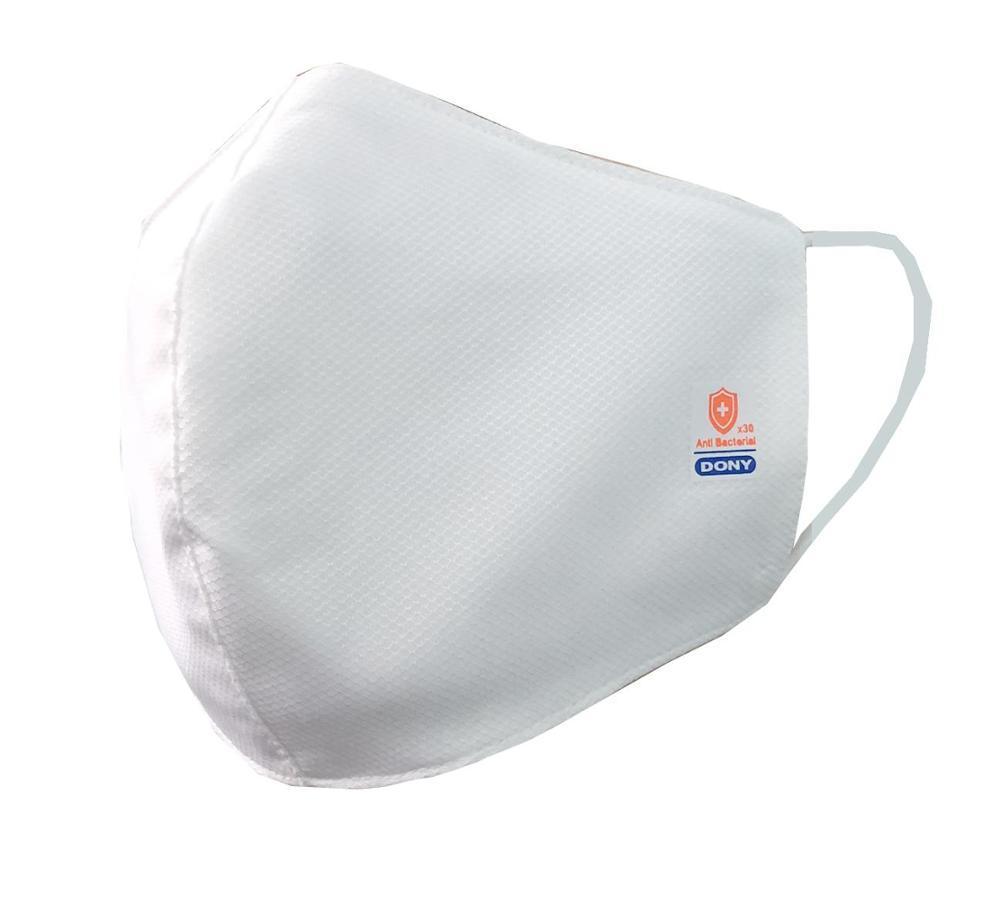
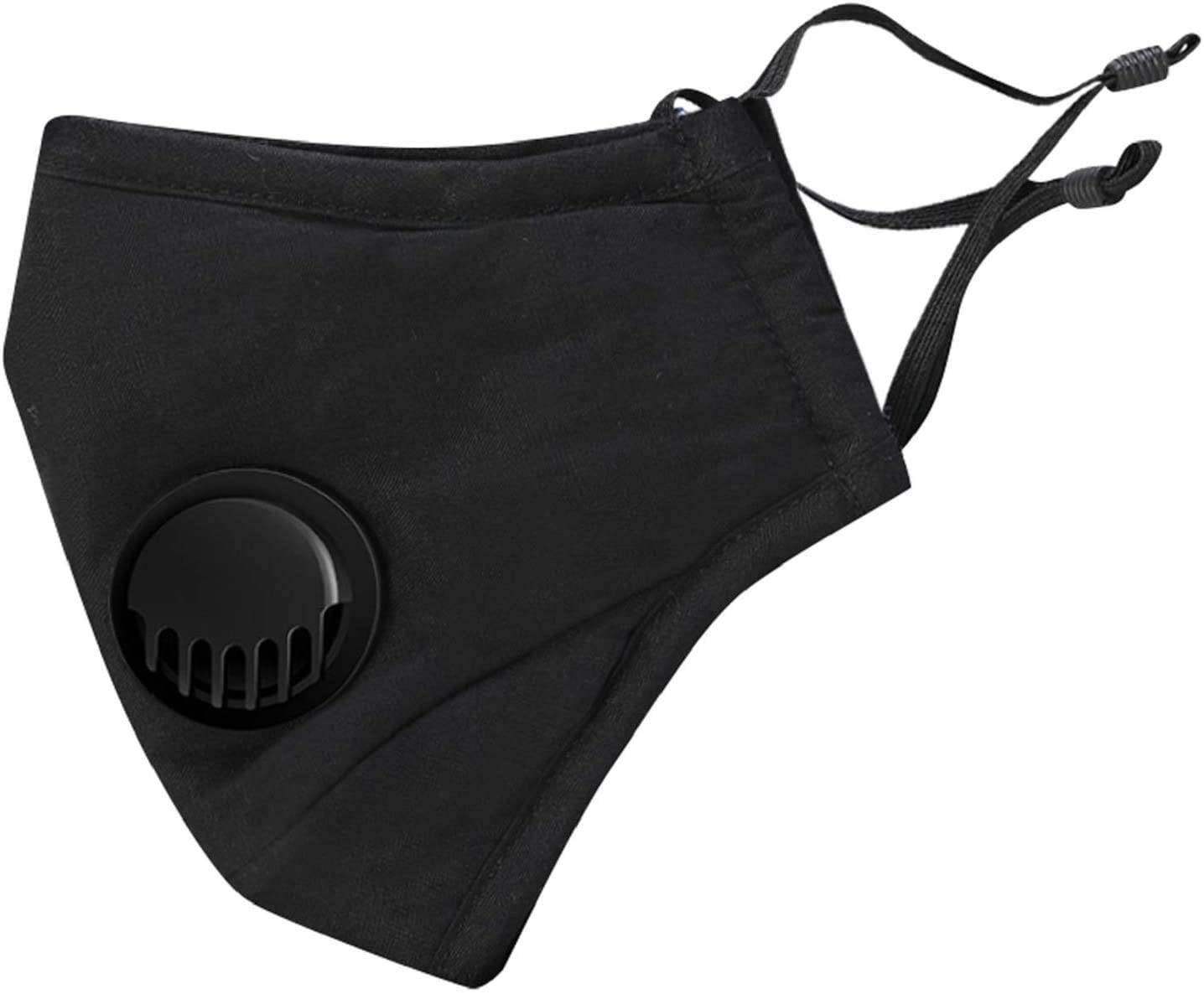
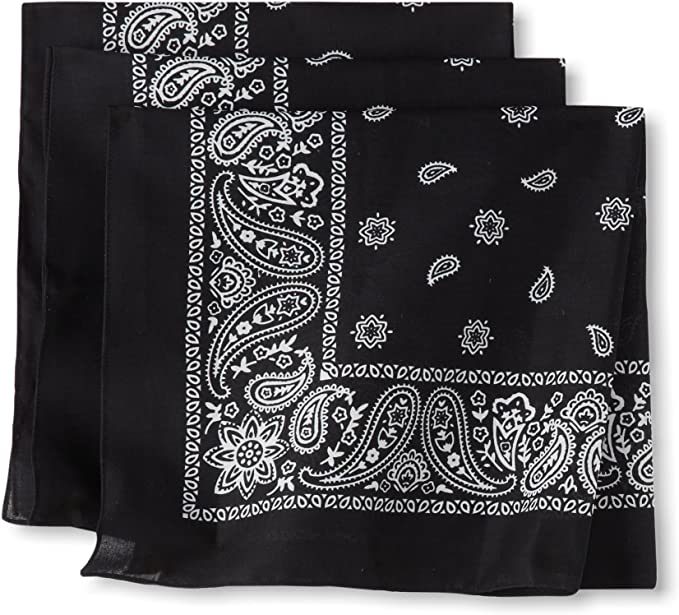
No comments:
Post a Comment